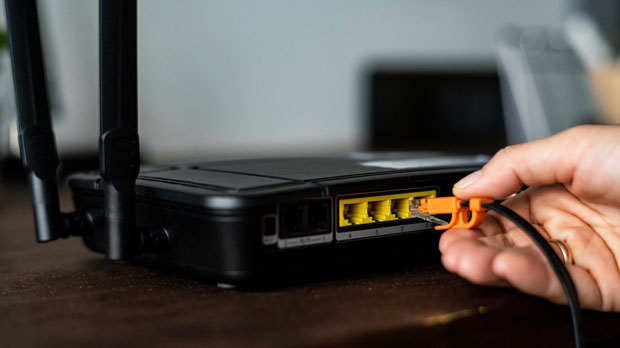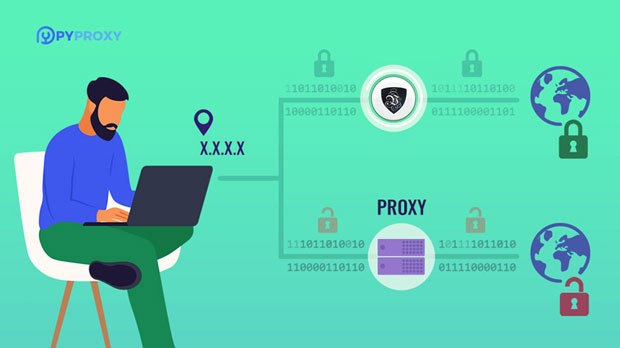A Socks5 configurator is a powerful tool used to manage and optimize socks5 proxy connections. This tool offers essential features such as IP address handling, encryption capabilities, and authentication mechanisms. It serves a vital role in ensuring the anonymity, security, and functionality of internet connections when using socks5 proxies. The configurator simplifies the process of connecting to the Socks5 network by providing users with an easy-to-use interface to set up various parameters. With widespread use in various fields such as cybersecurity, bypassing geo-restrictions, and enhancing privacy, a Socks5 configurator’s core functions are indispensable for individuals and organizations alike. What is Socks5 and Why Is It Important?Before delving into the core functions of a Socks5 configurator, it’s essential to understand what Socks5 is and its importance. Socks5 is an internet protocol designed to route network packets between a client and a server via a proxy server. It offers significant advantages over its predecessors, such as Socks4, due to its enhanced features, including the ability to support authentication, UDP traffic, and IPv6 addresses. The flexibility of Socks5 makes it particularly valuable for users who prioritize security, privacy, and the ability to bypass geographical restrictions. The configurator is an essential tool in making these advanced features accessible to users with minimal technical knowledge.Core Functions of a Socks5 ConfiguratorA Socks5 configurator is designed to optimize the use of Socks5 proxies, making the process smoother and more secure. Its core functions can be categorized into several key areas:1. Proxy Setup and ConfigurationOne of the most fundamental tasks of a Socks5 configurator is to simplify the setup of Socks5 proxies. It allows users to input their proxy server's IP address and port number, which are required for establishing a connection. Additionally, the configurator allows users to set up advanced configurations such as authentication methods and encryption options. These features ensure that the proxy connection is secure, reducing the risk of interception or unauthorized access. For users who are not familiar with technical networking setups, the configurator's user-friendly interface is invaluable.2. Authentication ManagementAuthentication is a critical component of securing a Socks5 connection, especially in scenarios where private data is being transmitted. The Socks5 configurator offers various authentication options, such as username-password authentication, which allows users to ensure that only authorized clients can access the proxy server. The configurator’s authentication management system enables easy configuration of these credentials, adding an extra layer of protection to the proxy connection. This feature is especially important for businesses and individuals who need to safeguard sensitive information.3. IP Address Handling and Geo-Restriction BypassOne of the prominent features of Socks5 is its ability to mask the user's IP address, allowing them to browse the internet anonymously. The Socks5 configurator makes it easy to manage the IP address settings, whether it’s for selecting a specific geographic location or for ensuring a rotating IP address pool. By managing IP addresses effectively, users can bypass geo-restrictions and access regionally locked content, which is particularly useful for content streaming and digital media.4. Support for UDP and TCP TrafficUnlike earlier versions like Socks4, which only support TCP traffic, Socks5 allows for both UDP and TCP connections. UDP is crucial for applications that require faster data transmission, such as online gaming and video streaming. The Socks5 configurator enables users to specify whether they want to use UDP or TCP protocols, ensuring that their connections are optimized for their specific needs. This flexibility allows users to tailor their proxy setup for a wide range of applications.5. Encryption and Security EnhancementsSecurity is one of the most important considerations when using a proxy server, and the Socks5 configurator plays a crucial role in ensuring that data transmissions remain encrypted. The configurator allows users to enable encryption protocols, ensuring that any sensitive information being transmitted over the network is protected from interception. Encryption also prevents unauthorized third parties from accessing or altering the transmitted data, enhancing the overall privacy and security of the connection. This is especially vital for users who prioritize confidentiality and data protection, such as in financial or healthcare industries.Application Scenarios of Socks5 ConfiguratorThe use of a Socks5 configurator spans various sectors, from individual privacy enhancement to corporate network management. Below are some prominent application scenarios:1. Enhanced Online PrivacyFor individuals who are concerned about their online privacy, a Socks5 configurator can provide a simple way to mask their IP address and encrypt their internet traffic. This can help avoid surveillance by ISPs, governmental bodies, or hackers. Users can configure the proxy to route their internet traffic through a server located in a different region, effectively masking their real-world location and activities. This ensures that their personal information, including browsing history and login credentials, remains secure.2. Bypassing Geo-RestrictionsAnother major application of a Socks5 configurator is in bypassing geo-restrictions. Many websites and services, such as streaming platforms, apply geo-blocking to limit access to certain content based on the user's location. By using a Socks5 proxy, users can appear as if they are accessing the internet from a different region. This functionality is particularly useful for accessing region-locked content, such as movies, TV shows, and sporting events that are not available in the user's actual location.3. Secure Corporate CommunicationsIn corporate environments, securing communications is a top priority. The Socks5 configurator offers businesses a way to implement secure proxy connections across their network, protecting sensitive data from being intercepted. With authentication features, only authorized personnel can access the internal network, preventing potential breaches. Additionally, the ability to encrypt traffic ensures that any confidential information transmitted over the network remains protected.4. Data Scraping and AutomationFor businesses or individuals involved in data scraping or automation, a Socks5 configurator can be a valuable tool. By rotating IP addresses, users can prevent their requests from being blocked by websites that detect excessive traffic from a single source. The configurator can be set up to use multiple proxies with different IP addresses, ensuring that the user can maintain access to web resources without being flagged or restricted.ConclusionA Socks5 configurator is a versatile and essential tool for managing Socks5 proxy connections. Its core functions, such as proxy setup, authentication management, IP address handling, and encryption, provide users with the flexibility and security they need to optimize their online experiences. Whether for individual privacy, bypassing geo-restrictions, or securing corporate communications, the configurator's applications are wide-ranging and offer valuable solutions in today’s interconnected world. Understanding and utilizing a Socks5 configurator can significantly enhance the security, performance, and functionality of internet connections.
Jan 15, 2025
![arrow]()



















































